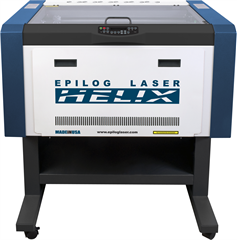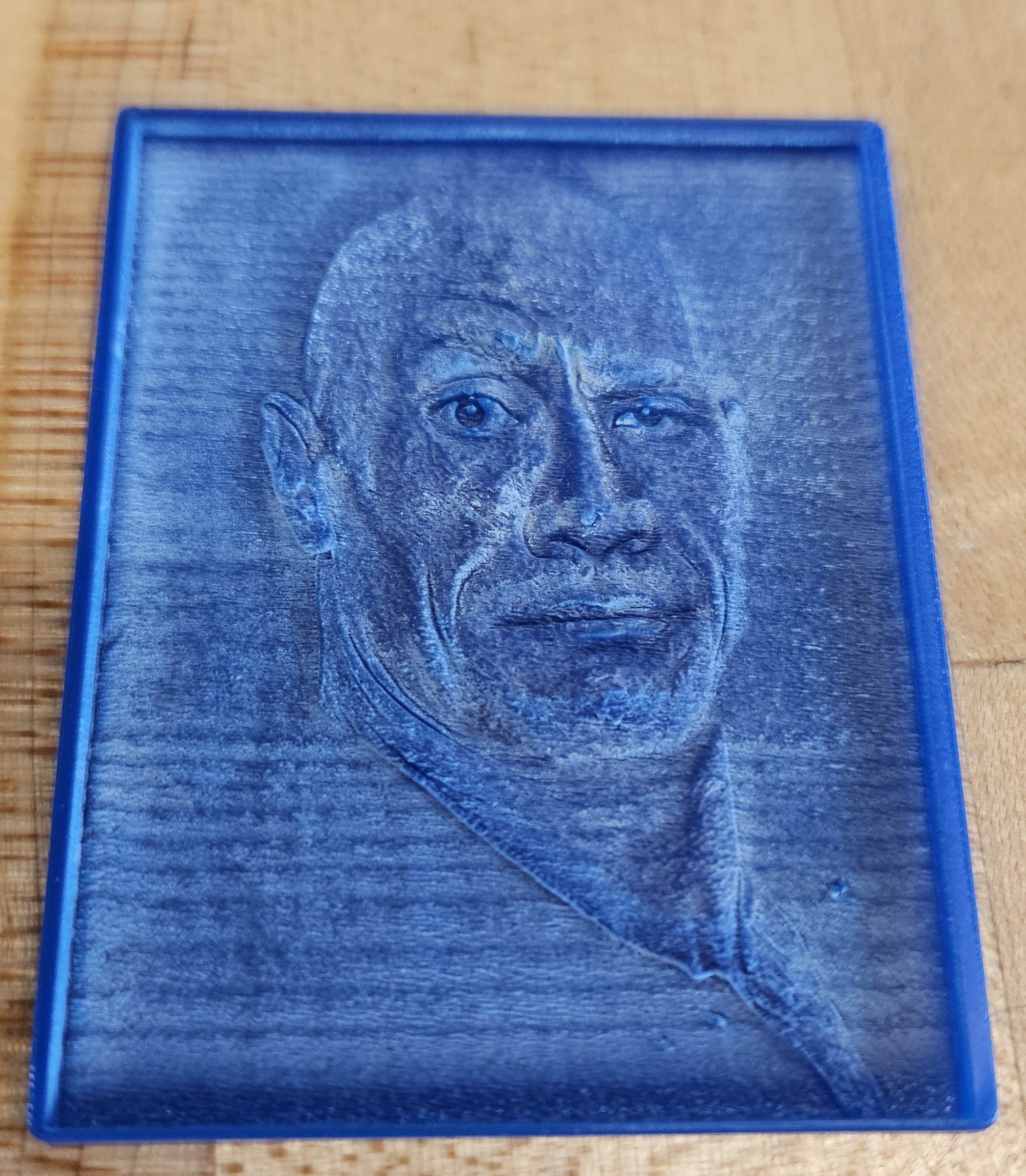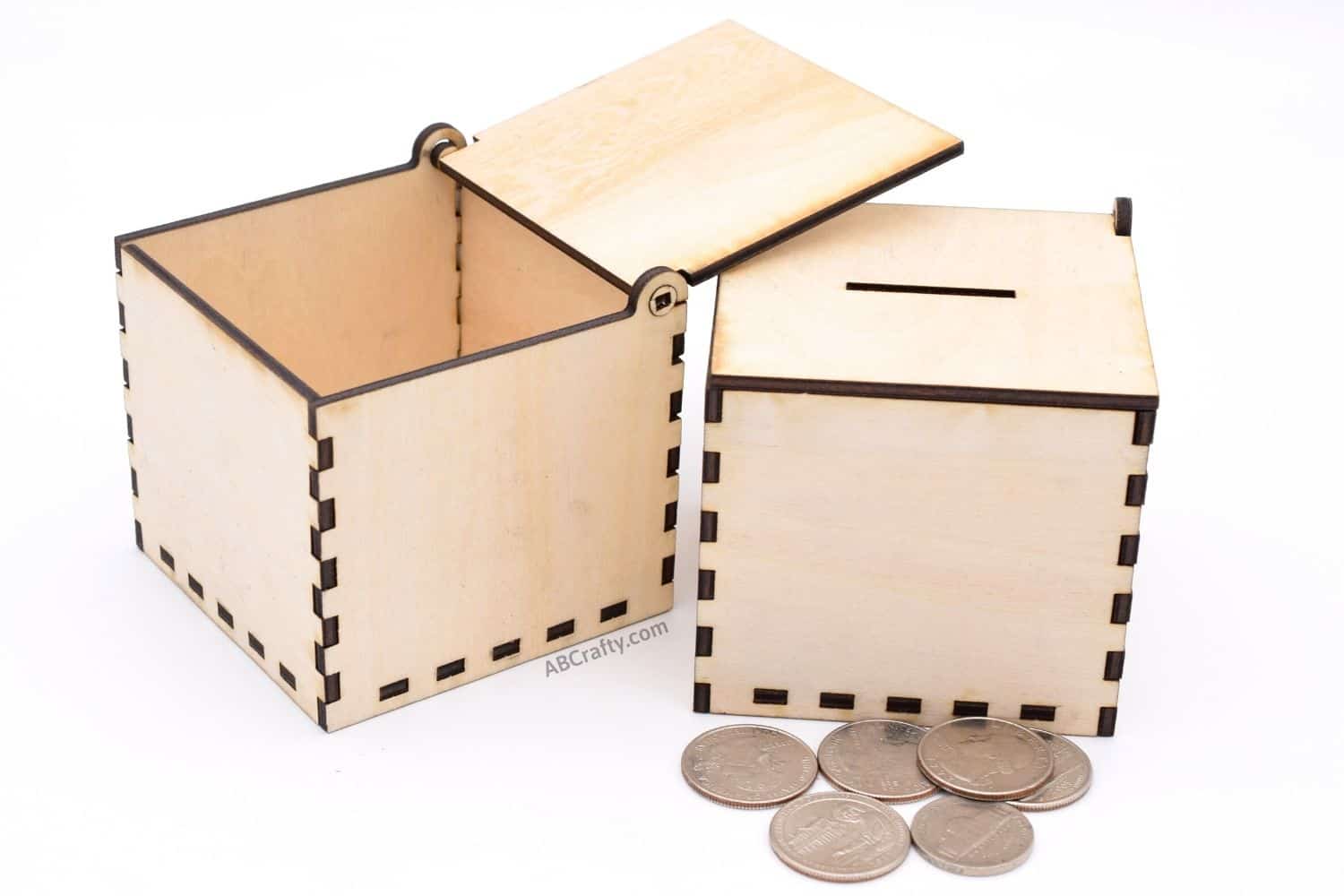Digital technologies/Laser cutting/Laser cutting- Intermediate

Preview cutting by opening the lid
If you are not sure if your laser job will go off your material. You can open the lid of the laser to check your job. With the lid open, a job will go through the movements without firing the laser itself. The laser on a machine like ours is invisible to our eyes, as it is in the infrared spectrum. You may see a pointer; this is a low power laser used to see where the beam will land. If a laser job stopped randomly, you can use the lid to continue it where you left off. Holding the lid open until the point where the laser stopped and then closing it will continue the job.
Customize material settings

When you send a job to the laser cutter, you must customize the setting to the material you are using. These settings are split into two sections, those for rastering and those for vectoring. While we have suggested settings for many materials, sometimes a different result is desired. By changing these settings, you can drastically change the results of your laser job. If you would like to save settings as a profile, you can go to the Advanced tab in the laser cutter properties to make and save material profiles.
3D Rastering


When you raster normally there is a point where the laser is either on or off. To add shading when rastering the machine makes a bunch of dots like a comic book. The more dots in one area the darker that part of the image will be. With 3D rastering the machine varies the strength of the laser depending on the color of the image. If your image is in black and white, the daker parts of the image will be hit with stronger lase than the lighter parts. To access these settings, go to the properties tab like normal on the laser, then go to the advanced tab and select 3D Raster. Then return to the main and set your rastering settings. These will have to be a lot slower than usual to let the last have time to cut deep enough into the material. For example, 1/8th inch acrylic 10% speed and 90% power was used to make a photo. Since this method determines the brightness of an image it is suggested to use black and white photos. To set it up you need Inkscape. Right – click on your image and select trace bit map. This will open a new window where you can select settings to trace the image. For 3D rastering select the multicolor setting, once there select brightness steps. This will break up the image into multiple different light levels. Here you can choose how many of these levels there are by changing the number of scans. Then check the boxes that say “smooth” and “stack”. Once you hit apply, a new image will appear over your old one. You can now delete the old image and export it as a pdf for laser cutting. 3D rastering is especially useful for making things like lithophanes. Where you have an image cut into a material and have light shine through creating the image.
Center engraving

Normally when you laser cut something, the laser will start at the top left of the image. If you select the center engraving option, the engraving will start in the center of the image. This can be useful if you have a job that is circular.
Raster with paint
As I’m sure you have seen, the makerspace has a variety of laser cut signs that have incorporated colour to draw your attention. Theses signs were created using the same laser cutters as the ones you use in the space for other operations. All you will need is some paint, a paint brush, material board, and of course the laser cutter. In this process you will have to run a raster job multiple times to remove a negative version of the desired file.
Making the file
When making a file for paint rastering you must invert the colors of the the image so that the part you would like to stay is in white and the part where the paint will burned is black.
Running the job
- Upload the pdf document you wish to use onto the laser computer and open the file.
- Make sure all printing properties match the material properties for rastering.
- Recommended settings for MDF:
- If there is any vectoring to do it is recommended to do at the end after the rastering is done.
- Click Print to upload it to the printer.
- Run the uploaded job (wait till the job is done).
- Now fill in the lighter shapes with your desired colour (don’t worry about getting paint on the already rastered sections, it will burn off in the next job, however, large amounts of paint will soak into different materials depending on what materials you use).
- It is important that you do not remove the material from the laser so that the home position does not change between the raster passes.
- Now repeat step 5 until satisfaction (especially with MDF, you probably don't want to run it too many times so that it doesn't burn the material and become too dark).

Boxes/3D assembly of laser cut parts

When making boxes with a laser cutter, a design is required. These designs can be made yourself or with a box maker such as MakerCase. These will generate the required shapes to fit together. Once you input information such as the material thickness and general dimensions. You can download your design and prep it for laser cutting. This can be done in Inkscape. Once your parts are cut you can start assembling your box. To put the box together there are many different methods. If you had already incorporated it into your design, you could use bolts. You could also glue the box together. This may be challenging since holding it together while the glue cures is not straightforward. Tape is suggested to hold it while it is being glued.